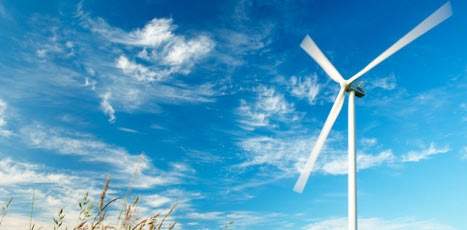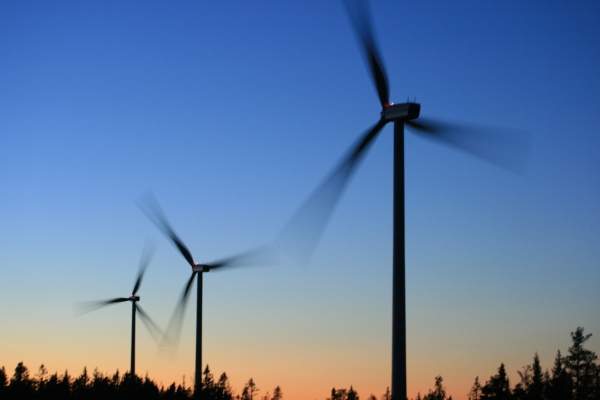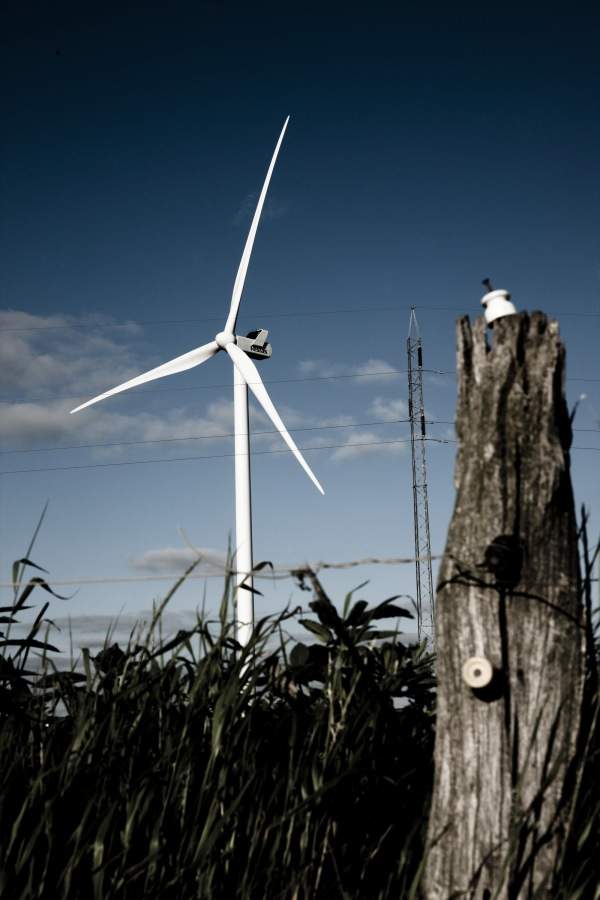The Lemnhult Project is a wind farm being built by Stena Renewables in Lemnhultsområdet in Sweden. Lemnhultsområdet is situated in the Vetlanda Municipality, part of Jönköping County. The wind farm is located southwest of Lemnhult society.
The project represents the largest investment made by Stena Renewables to date. It is expected to be operational in 2013. Upon completion, it will become the largest onshore wind farm in Sweden, with an installed capacity of 96MW.
The wind farm will produce 270GWh of power annually, which is sufficient to power 54,000 households. It will meet 70% of the total demand for electricity in the Vetlanda municipality.
Development and approval of the Swedish wind farm
The Lemnhult project area was leased from Sveaskog and a number of private owners. It is partly clear and partly dense with forest vegetation.
Stena Renewables applied for the environmental permit for the project to the County Board of Jönköping in late December 2009. Environmental consultation with the County Board of Jönköping and Vetlanda, along with the local public, was held in 2009.
The county of Vetlanda approved the project in March 2011. Inclusion of a wind farm in Vetlanda municipality’s master plan favoured the approval of the Lemnhult project.
The Environmental Assessment Advisory Board in the County Administration of Jönköping granted approval for the construction of the wind farm in June 2011.
Plant make-up
The wind farm will constitute 32 turbines in total, each rated at 3MW. It will thus have an installed capacity of 96MW. Stena Renewables awarded a contract to Vestas in December 2011 for the turbines. Vestas will supply its V112-3.0 MW turbines under the contract.
The scope of the contract includes supply, installation and commissioning of the turbines. Vestas will also be responsible for full service and maintenance of the turbines for 15 years. It will provide guarantees for the turbines for these 15 years, based on production availability.
The Vestas V112-3.0 MW turbine was launched in August 2010. It is suitable for low and medium wind speeds.
It features a permanent magnet generator, which facilitates wider operation and reduces power losses. Improved load control of the turbine helps lower the foundation costs.
Construction of the Lemnhult project
Stena is currently carrying out preparatory work for electrical wiring connections. Vestas plans to begin the turbine installation at the wind farm site in August 2012 and complete it in April 2013. Plant start-up is planned for 2013.
Innovative technology incorporated into Stena Renewables’s largest investment
The turbine has an innovative power system and a full scale converter, which provide good grid support and make the substations simpler.
The operations of the power system are not disrupted, even in the event of a severe grid voltage drop. A resistor in the converter converts any power to heat without causing damage to the drive train components due to excess loads.
The turbine uses CoolerTop, a technology developed by Vestas. CoolerTop technology uses wind to generate the required cooling. It thus eliminates any need for external energy to cool the turbine components.
The cooling system requires little maintenance as it has no moving components. It enables turbine operations at altitudes up to 1,500m.
Low environmental impact of the Vetlanda-based wind farm
About 80% of the turbine being used in the Lemnhult wind farm is made of recyclable materials.
The quantity of non-recyclable materials used in the turbine is compensated for by the carbon emissions reduced by the turbine in eight months of operation.
The turbine will thereafter be energy neutral and contribute to carbon emission reductions for more than 19 years.
The amount of carbon dioxide emitted during the life time of the turbine, owing to the production and installation of the turbine, is estimated to be as low as seven grams per kWh.
The cooling system of the turbine has no electrical components, thus minimising the noise.






